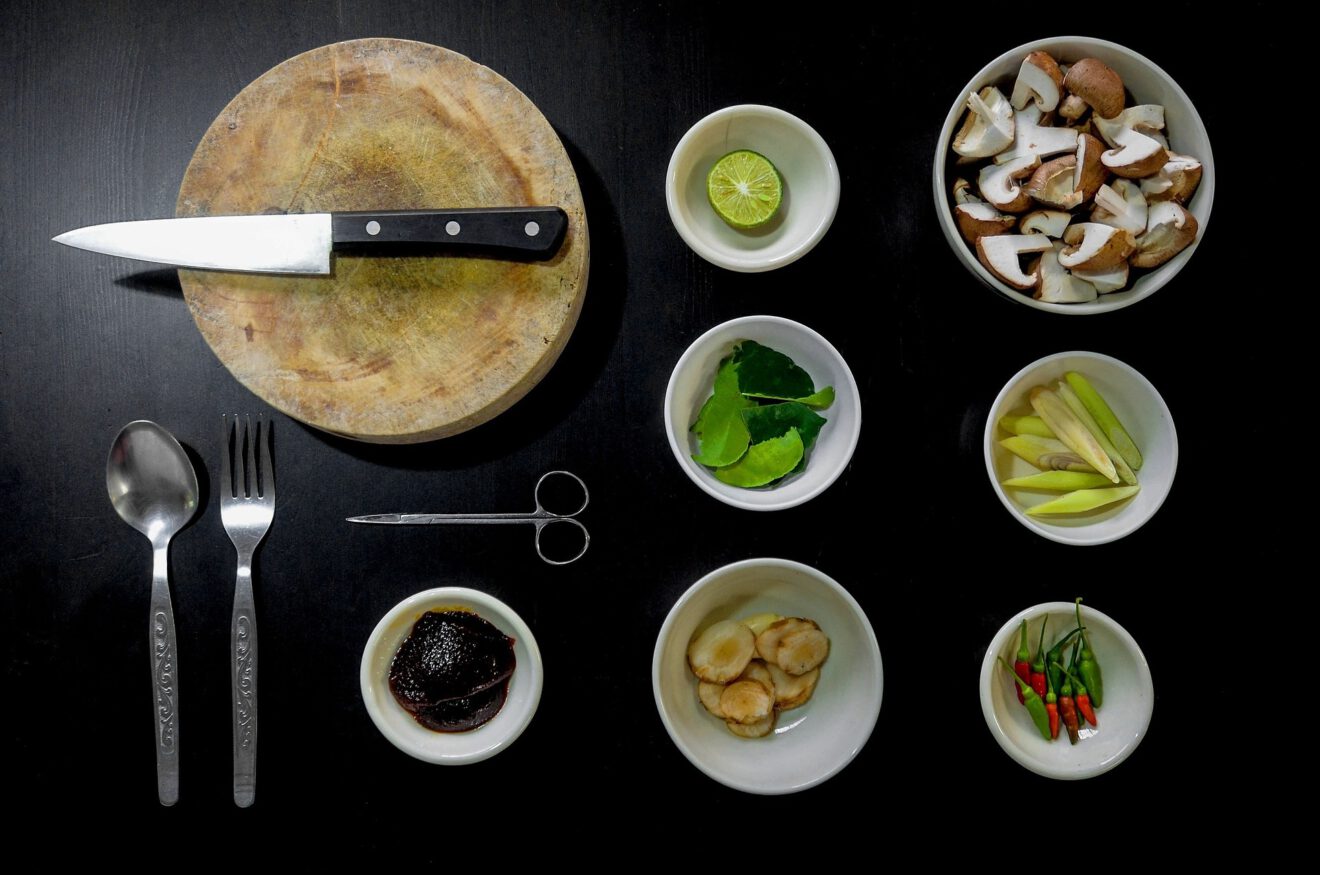Many consumers still see cooking both as a valuable skill and as something they generally enjoy — no matter how much they might be spending at restaurants. Most consumers still believe in and aspire to an ideal — a healthy meal, made from scratch, enjoyed with others — that stands in contrast to the reality of most of the meals.
The reality is that today, few individuals do scratch cooking on a regular basis. Many consumers bemoan their overstretched schedules and/or underdeveloped cooking skills, thus cooking responsibilities are regularly outsourced to food manufacturers, restaurants and other food purveyors. As our Transformation of the American Meal 2017 report points out, this is a significant opportunity space for food manufacturers and purveyors.
By whatever means consumers achieve their cooking goals, marketplace solutions, including processed meal components, fresh meal components and meal kits are attempting to address major barriers to cooking (and even some aspirations), but pragmatic and perceptual hurdles to adoption remain. Weighing aspects of mealtime ideals, household needs, and modern quality expectations makes for a more complex calculus and reveal that CPG brands, retailers and restaurant operators have numerous expectations and concerns to address.
Processed meal components:
Such shortcut products are accepted, but to varying degrees. Consumers develop quality criteria based on the categories they buy and their own orientation to food, health and wellness. Consumer concerns include those centering on quality, freshness, nutrition, health and wellness. As noted by two consumers notes, “I don’t like a canned taste—they add preservatives and stuff.” (Baby Boomer, female, grown kids) and another: “I love my quick sides — BUT I choose healthy.” (Millennial, female, kids).
Fresh meal components:
Consumers compare fresh components, like pre-chopped vegetables, to scratch cooking and can find them wanting in quality or economy. Consumer concerns include limited selection, perceived expense and general failures to deliver on quality. As noted by a consumer, “I do use pre-cut veggies, but I would use them more if there was more variety. Sometimes they don’t look fresh, and sometimes they are a bit pricey.” (Millennial, female, kids).
Meal kits:
Meal kits present consumers with hurdles related to the business and delivery model. Consumer concerns include: Perceived expense, subscription model, Kids’ tastes and worries about packaging and delivery. As noted by one consumer: “I have a really big problem with all of the packaging. Every ingredient!” (Gen X, female, kids).
Suggestions for assisting with consumer adoption of cooking shortcuts include:
• For food retailers: A wider variety of freshly made, prepared ingredients – chopped vegetables, marinated meats – helps with prep and cleanup, but these consumers also need to know how to use them. Package or promote these items with easy recipes and meal ideas to make them more appealing.
• For diverse food producers: smaller households young and old, the effort it takes to cook nutritious, delicious meals doesn’t always seem worth it. Although smaller households may focus more on wellness priorities, the desire to eat more healthfully is common across most consumer types. Investment in understanding today’s health and wellness culture will likely deliver benefits across many targets.
• For health-engaged consumers in small households, the desire to cook fresh, less processed food from scratch runs up against many barriers, including effort but also the desire for variety. Retailers can help with meal-prep ideas that provide a few day’s worth of customized meals or by partnering with online sources of meal-prep inspiration to more easily turn inspiration into action.
About the Report
Transformation of the American Meal 2017 is a comprehensive examination of the factors shaping the American meal today and provides implications for stakeholders in the food, beverage, food retail, restaurant, and food service industries. The report explores how traditional notions of the mealtime and meals have evolved — and what remains the same.
As CEO of The Hartman Group, Demeritt drives the vision, strategy, operations and results-oriented culture for the company’s associates as The Hartman Group furthers its offerings of tactical thinking, consumer and market intelligence, cultural competency and innovative intellectual capital to a global marketplace.
__________________________________________________
If you enjoyed this article, join SmartBrief’s email list for more stories about the food and beverage industry. We offer 20 newsletters covering the industry from restaurants to food manufacturing. And be sure to follow us on Twitter for the latest industry news.
